Most people know that THC, or tetrahydrocannabinol, is the chemical compound in cannabis responsible for a euphoric high. But what more is there to know about cannabis’ primary psychoactive component? Whether the question comes as a newbie to the cannabis world or an experienced consumer who would like to know a bit more about the most famous of cannabinoids, THC has likely been synonymous with cannabis in your mind for as long as you’ve known about the plant.
Let’s dig a little deeper into what THC is and how it works.
THC is a Cannabinoid, but What’s a Cannabinoid?
The first step to understanding THC is to understand cannabinoids. Cannabinoids are chemical compounds found in the cannabis plant that interact with receptors in the brain and body to create various effects. There exist dozens, and potentially more than 100, cannabinoids in the cannabis plant, but THC is most widely known among these due to its abundance and euphoric attributes.
The isolation of THC came from an Israeli chemist by the name of Raphael Mechoulam. In 1964, Mechoulam isolated and synthesized THC from Lebanese hashish, marking the beginning of cannabis research that would lead to the discovery of many other cannabinoids, cannabinoid receptors throughout the body, and “endocannabinoids” – the THC-like compounds our body naturally produces to maintain stability and health.
Why does cannabis produce cannabinoids? Cannabinoids are known as secondary metabolites, which means they are chemicals the plant produces that have no primary role on the plant’s development. However, the leading hypothesis is that secondary metabolites act as an immune system for the plant, fending off predators, parasites, and pests.
Because humans (and many other animals) have receptor systems that THC binds to, we can also reap the benefits of cannabinoids for both health and enjoyment. This system, called the endocannabinoid system (or ECS), is a group of specialized signaling chemicals (think “keys”), their receptors (think “locks”), and the metabolic enzymes that produce and break them down. These endocannabinoid chemical signals act on some of the same brain and immune cell receptors (CB1 and CB2) that plant cannabinoids like cannabidiol (CBD) and Δ9-tetrahydrocannabinol (THC) act on.

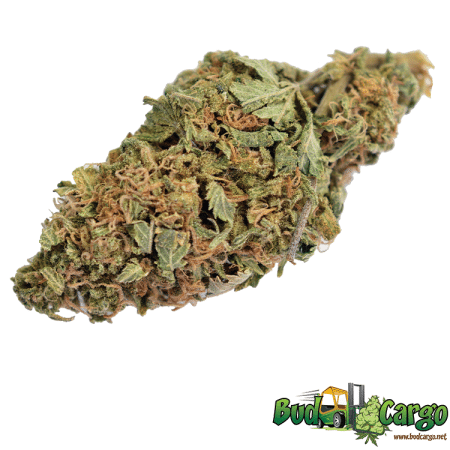
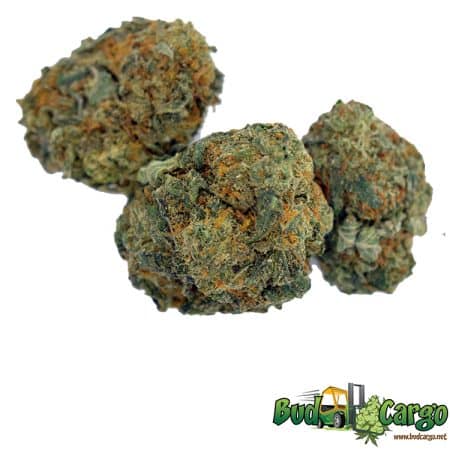
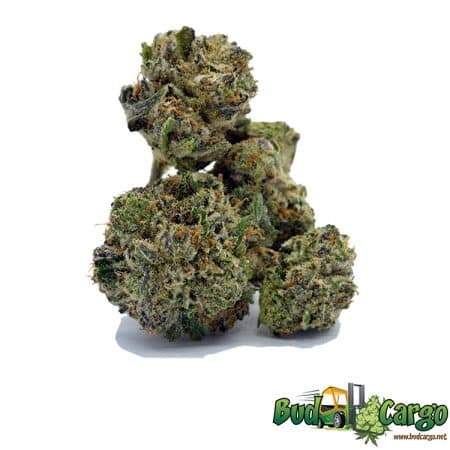
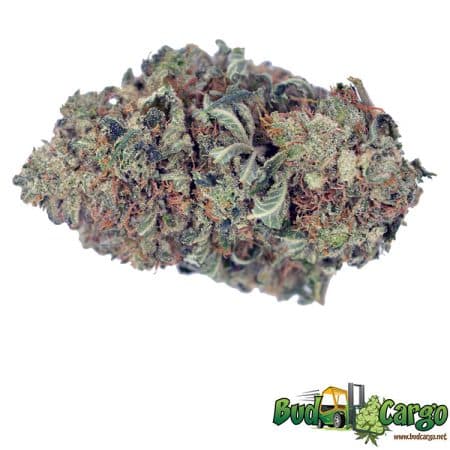





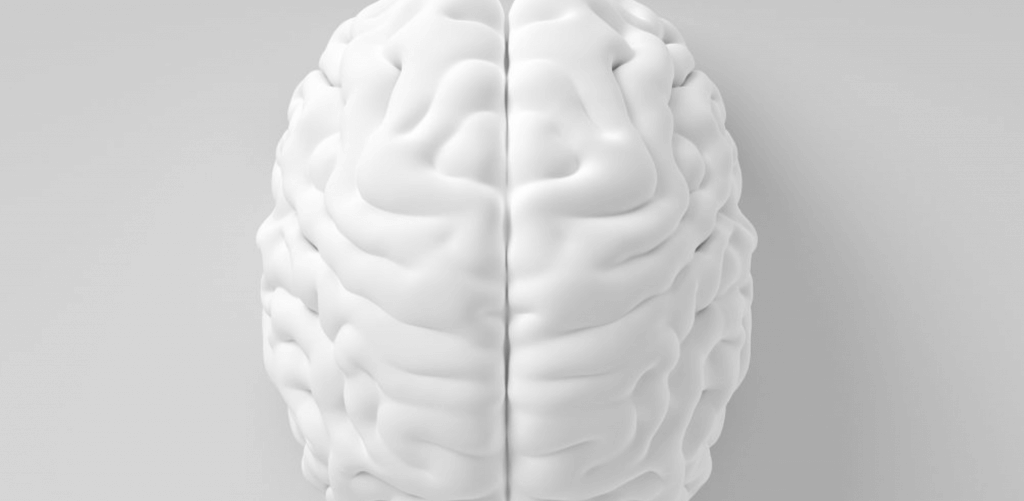

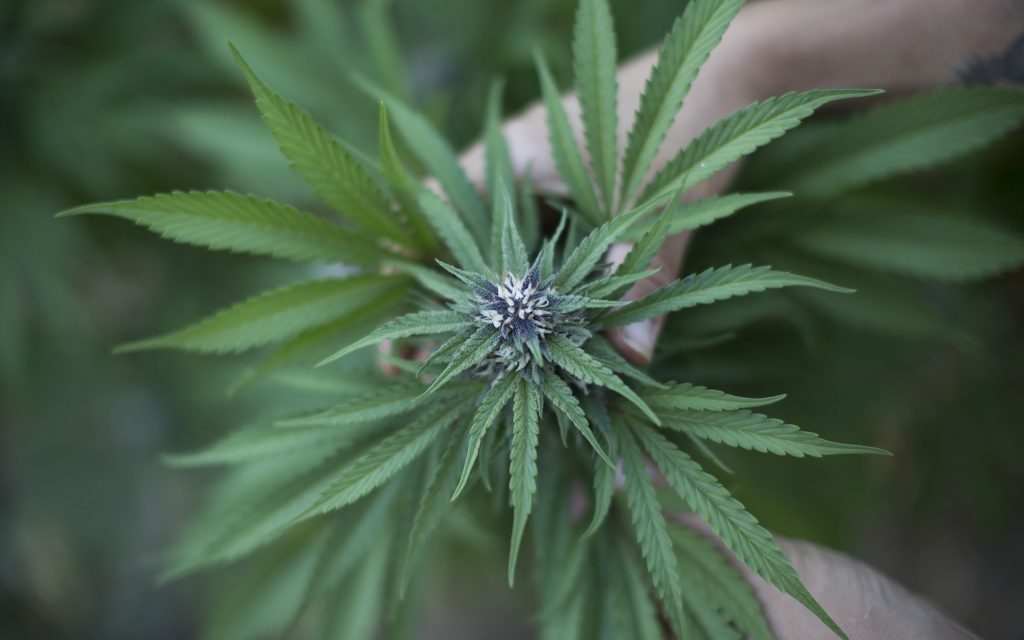

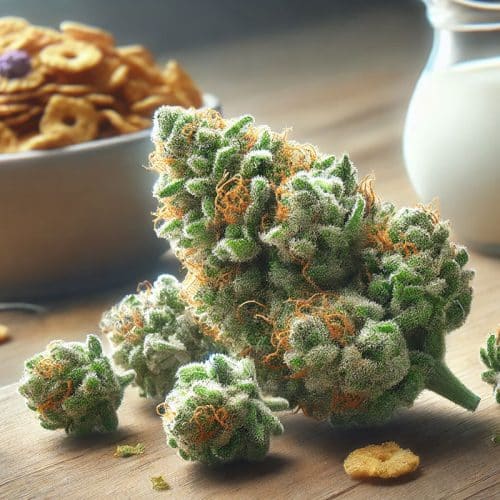
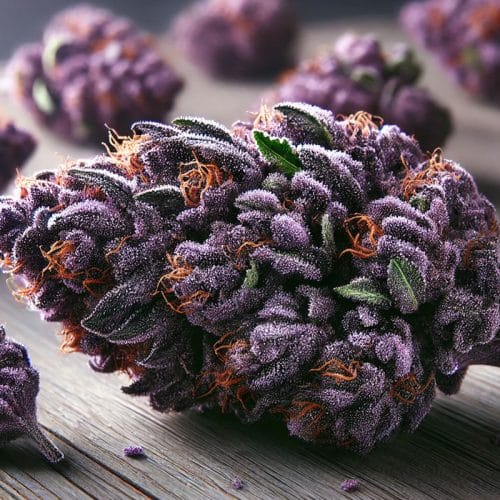
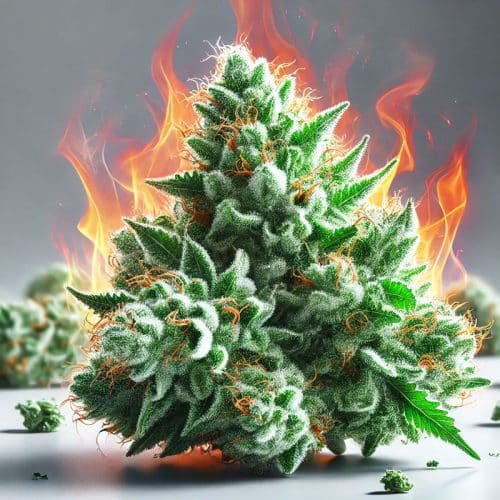
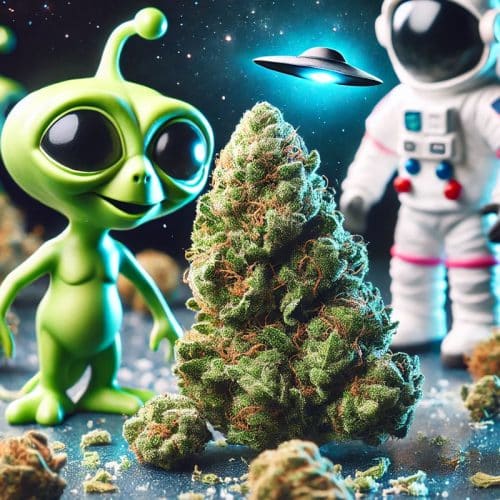






You must be logged in to post a comment.